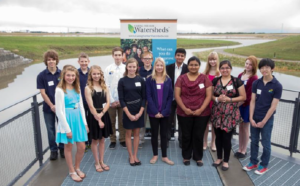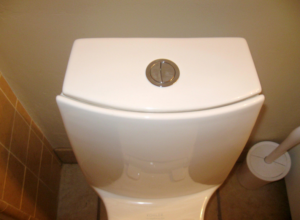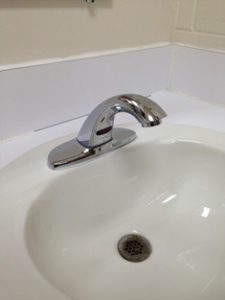2014 Lacombe, Alberta, Canada
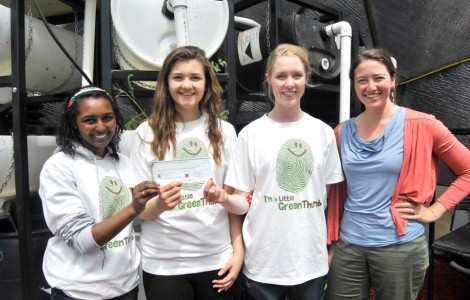
EcoVision is an environmental-based club for students at Lacombe Composite School. EcoVision has built and runs a greenhouse growing fresh herbs and vegetables in a geodesic dome on the school’s property. A sub-committee of this group is called LEAFS- Lacombe Aquaponics Foods System. LEAFS entered the 2014 CFW Contest with its goal is to build an efficient and sustainable aquaponics system in the greenhouse. The system benefits the Battle River watershed by raising awareness about watershed issues, promoting community involvement, and increases the schools ability to grow their own healthy food. The water used in the aquaponics system will be re-used to water the plants in the greenhouse.
LEAFS will raise tilapia and vegetables for their cafeteria and have a license to sell surplus items to the greater community. The LEAFS system will lower the schools ecological footprint by growing their own food and limiting greenhouse gas emissions from transport, and recycling waste water. The school will also benefit from enhanced educational opportunities and collaboration with community members. Lacombe Composite High School will be one of the first schools in Canada to have a running Aquaponics program that supplies its cafeteria with fresh fish and vegetables.
More information can be found on the EcoVison website: www.lchsecovision.weebly.com
 Rain barrels are designed to collect water, but one distinctive rain barrel designed by students at Daysland School in central Alberta is garnering just as much attention as it is water.
Rain barrels are designed to collect water, but one distinctive rain barrel designed by students at Daysland School in central Alberta is garnering just as much attention as it is water.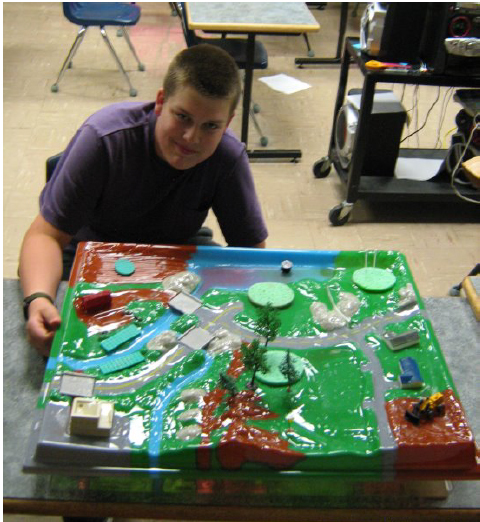
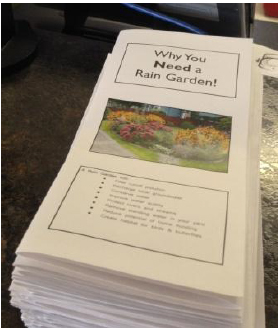

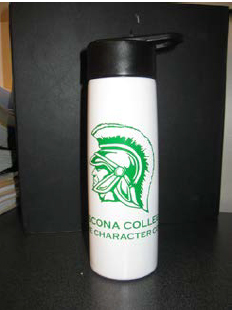

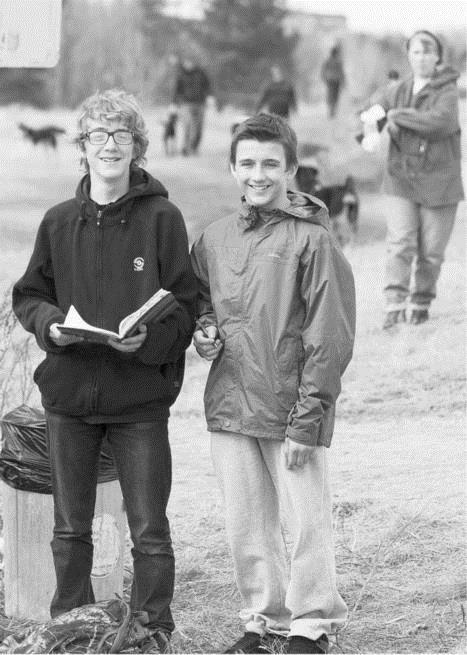 can leach into soil and with it, harmful disease causing micro-organisms like round worms, E. Coli and Giardia that can live in dog feces. This puts children who play outside and adults who garden at risk of these infectious organisms. If dog waste is washed into the storm drains it ends up in lakes, rivers, streams or marine water. People can accidentally swallow its bacteria and other disease-causing organisms while swimming or playing in the water. It can even contaminate ground water!
can leach into soil and with it, harmful disease causing micro-organisms like round worms, E. Coli and Giardia that can live in dog feces. This puts children who play outside and adults who garden at risk of these infectious organisms. If dog waste is washed into the storm drains it ends up in lakes, rivers, streams or marine water. People can accidentally swallow its bacteria and other disease-causing organisms while swimming or playing in the water. It can even contaminate ground water!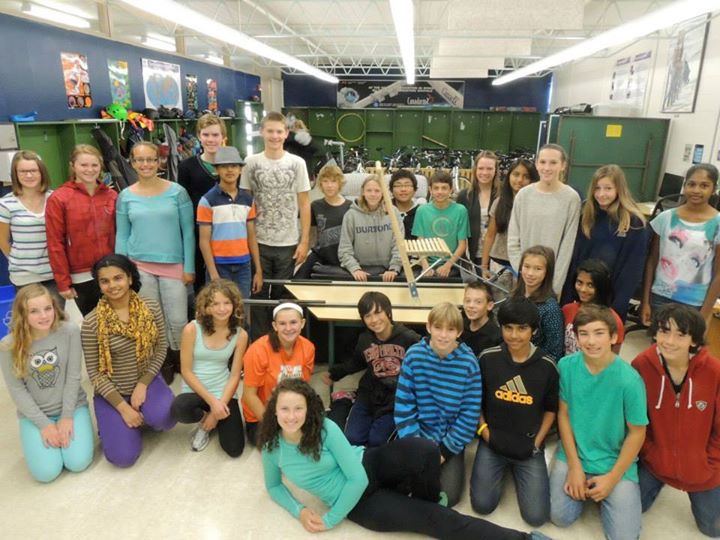
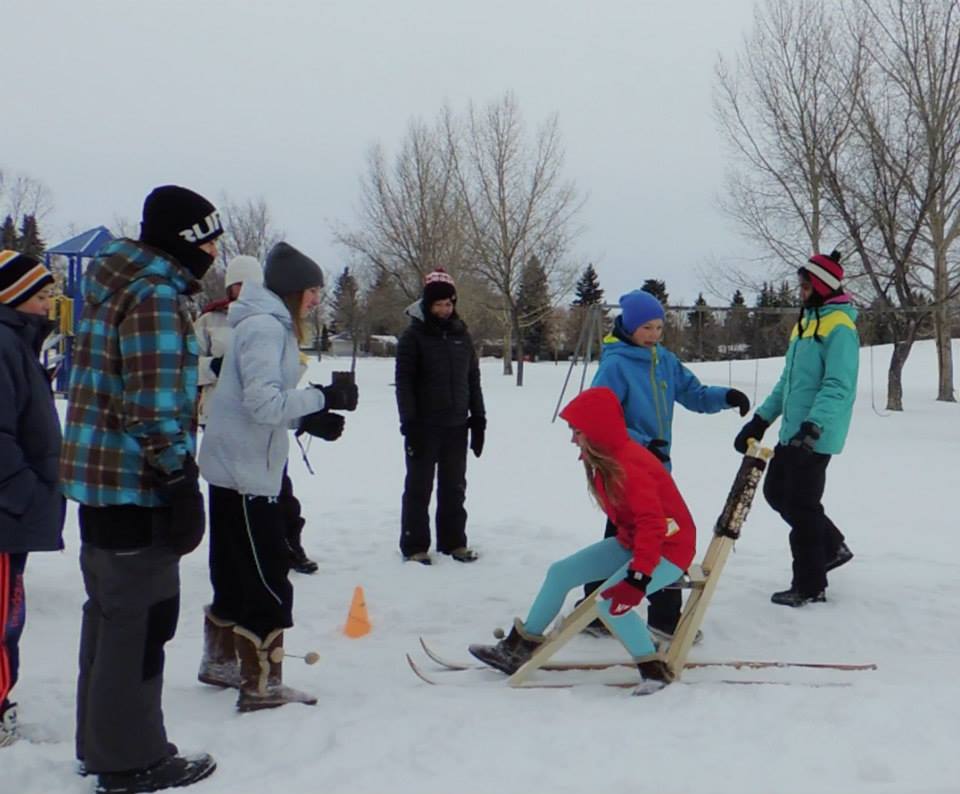 Rica in April 2013, Alana received an EF Student Leaders Summit Prize, which included a grant from WeShare. This grant from WeShare was used to fund the project. Many other unofficial partners (parents, community members, teachers and administrators) worked behind the scenes and alongside the students to make this project a success.
Rica in April 2013, Alana received an EF Student Leaders Summit Prize, which included a grant from WeShare. This grant from WeShare was used to fund the project. Many other unofficial partners (parents, community members, teachers and administrators) worked behind the scenes and alongside the students to make this project a success.